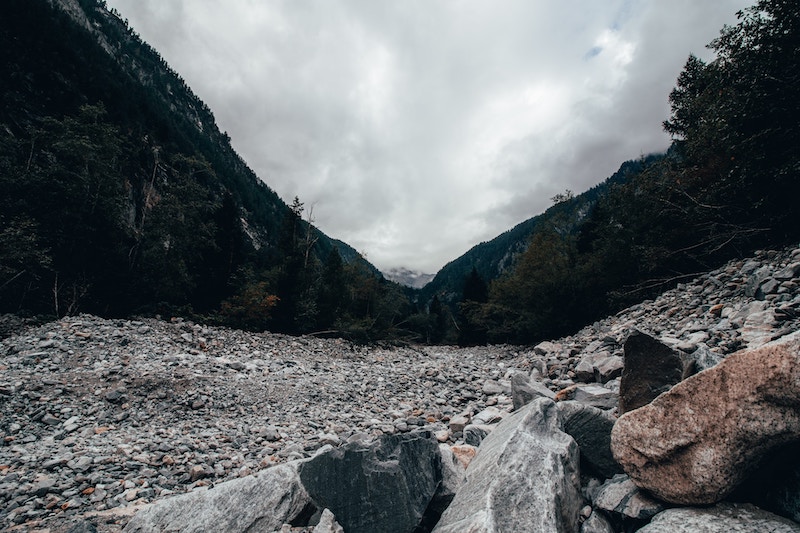Client: Litigation Support, Philadelphia, PA
Download our Forensic Sediment Sampling project here: Forensic Sediment Sampling to Support Environmental Litigation
Objectives:
- Measure and demonstrate contaminated sediment transport from an impacted lake
Services: Performed sediment assessment along six-mile waterway; Completed river and lake sediment sampling; Identified sediment depositional features of various ages; Sampled sediment cores for metals and SVOC analysis; Collected and froze additional sample volumes for forensic analysis
Equipment and Materials:
- Ekman grab sampler
- Wildco hand corer
- Ogeechee sediment sampler
Brownfield Science & Technology, Inc. (BSTI) was hired to provide local knowledge and experienced field support for a fast-paced forensic investigation of sediment transport from a high profile environmental remediation site.
BSTI evaluated the history and existing data from a remediation site suspected of impacting downstream sediments along a six mile stretch of an urban waterway including four separate lakes. BSTI’s scope of work was to collect media samples and identify localized patterns of downstream sediment deposition to determine if contaminants existing on an upstream remediation site had migrated into the public recreational waterway.
BSTI implemented the sampling plan during an intense multi-day field effort in order to meet the required project timeline. Sampling required field identification of recent and historic depositional areas and retrieval of representative sample materials from a variety of environments of limited accessibility. Samples were collected by a variety of methods, selected based on conditions in the field, including small dredges and various hand coring tools. Collection of samples for laboratory analysis was implemented with a high level of quality assurance and quality control exceeding standard EPA sediment sampling protocols.
A total of over 50 samples were collected from 24 separate locations within a three-day period. The resultant data was introduced into an active litigation effort which subsequently prompted modification to the regulatory enforcement action at the upstream remediation project.







